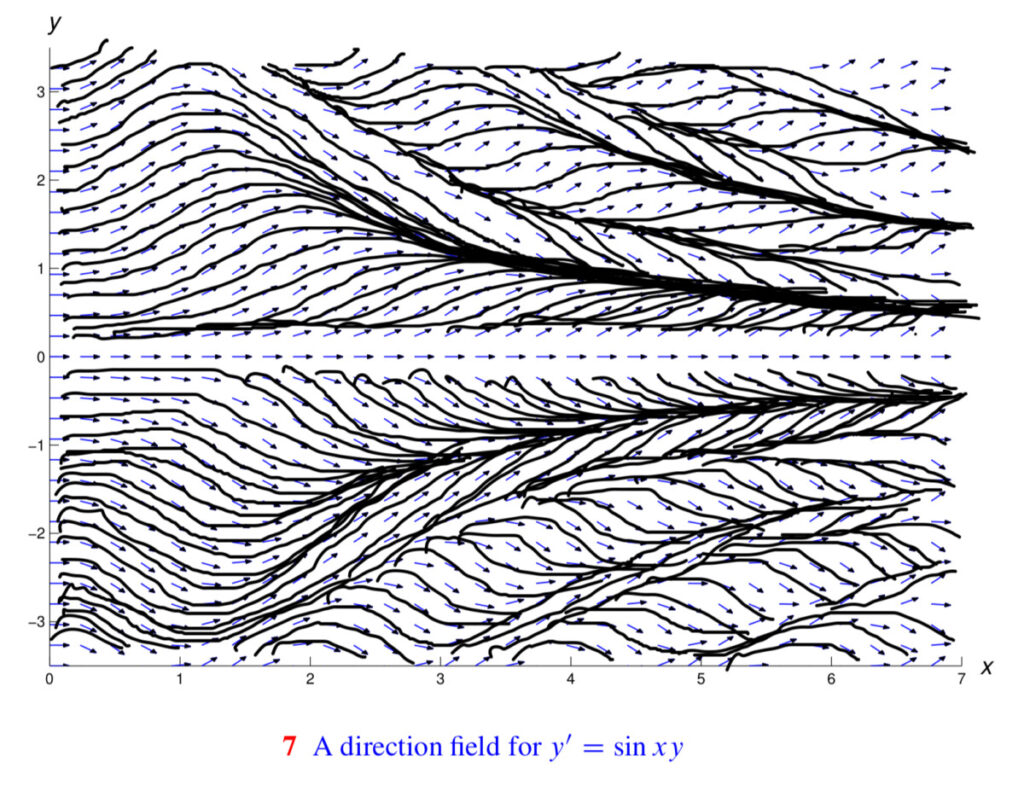Practice Problem 1.2.2.E
Verify that the given is a solution to the ODE:
$y = \tan(\frac{x^{3}}{3}+c); y’ = x^{2}(1+y^{2})$
Solution:
$\frac{d}{dx}(\tan(\frac{x^{3}}{3}+c)) = x^{2}\sec^{2}(x)$
Recall that ,
$\tan^{2}(\theta)+1 = \sec^{2}(\theta)$
Thus,
$(1+y^{2}) = (1+tan^{2}(\frac{x^{3}}{3}+c)) = \sec^{2}(\frac{x^{3}}{3}+c))$
Therfore,
$y’ = x^{2}(1+y^{2}) = x^{2}(1+tan^{2}(\frac{x^{3}}{3}+c)) = x^{2}\sec^{2}(x)$
$y$ is a solution for $y’$ for all all real numbers ($\mathbb{R}$) excluding when $\frac{x^{3}}{3}+c = 0$
Practice Problem 1.3.7






Leave a Reply